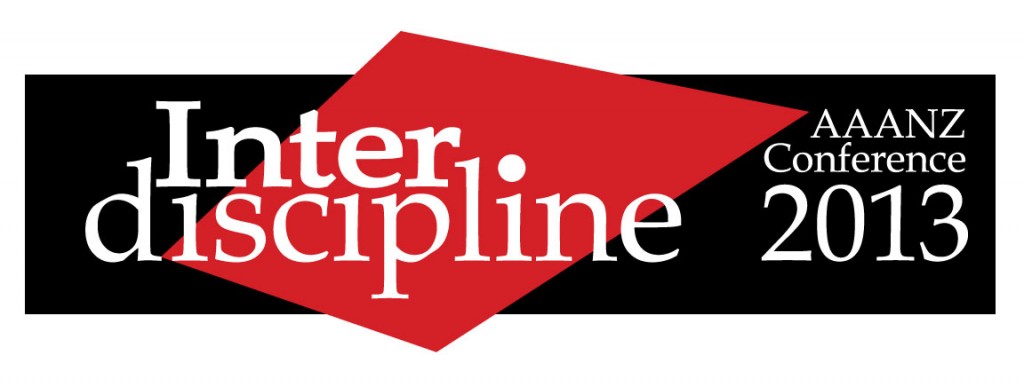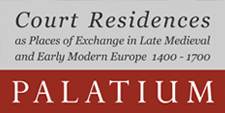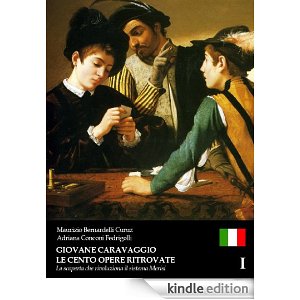Please note the following panels were left off or incomplete on the previous CFP. Also please note that the session Art’s Histories as Interdisciplinary Practice convened by Peter Stupples has been cancelled.
Deadline is August 30th – see http://melbourneartnetwork.com.au/2013/08/06/call-for-papers-aaanz-2013-inter-discipline-melbourne-dec-7-9/ for the full CFP
Art, science and German travellers: inter-disciplinary and transnational exchanges in nineteenth-century Australia and New Zealand
Dr Kathleen Davidson | University of Sydney | k.davidson@ozemail.com.au
Dr Ruth Pullin |Fellow, State Library of Victoria 2013 | ruth.pullin@gmail.com
German-speaking émigrés and visitors were a significant presence in Australian and New Zealand arts and sciences throughout the nineteenth century. From the embrace of Romanticism to their favorable reception of Darwin’s theory of evolution, German travellers arrived in the Antipodes with a sophisticated understanding of the arts and sciences and their interconnections. The mid-century journeys of many German-speaking scientists and artists were inspired by the great naturalist Alexander von Humboldt. He argued that art and science were complementary disciplines which together could bring new insights to the objects of study. The prominence of scientific and technical education in German universities produced talented, highly skilled and multi-disciplinary professionals drawn to the ‘new terrain’ of Australia and New Zealand by the possibilities presented for pioneering work in various disciplines. Artists and scientists worked alongside each other and the Germanic-European expatriate network also provided opportunities for those who were ambitious, but less qualified, to gain expertise and to participate on scientific and exploratory expeditions and to work in the new colonial museums and art galleries.
This session will consider some of the inter-disciplinary and transnational exchanges that distinguished Australian and New Zealand nineteenth-century art, culture and intellectual life. As the focus for this exploration, we invite papers that comprise new research on the practices and influence of German and other central-European individuals and groups working in the intersections of disciplines. Papers addressing the art-science nexus in this context are especially welcome.
Art and Advertising: A Case of Sibling Rivalry or Symbiotic Exchange
Eve-Anne O-Regan | University of Western Australia | eve-anne.oregan@uwa.edu.au
Lawrence Wilson Art Gallery | University of Western Australia
Interdisciplinary mutualisms between art and advertising have historically been glanced over, receiving less scholarly attention than the brand names and personalities resultant of the exchange of these seemingly exclusive and incompatible disciplines. Furthermore, the transversality of art and advertising is not random, nor one-directional, but rather intimately interlinked through shared forms of symbiotic exchange from the earliest times, well before the critiques of modernity and postmodernism, and cultural theorists, stamped their unique mark on the history of art and visual culture.
This panel invites papers that explore the manner in which the complex interface of art and advertising has manifested in art practice in the capitalist era. By approaching advertising in the broadest terms of reference, including its role a communicative medium, as a discourse for commercial agency, and its multifarious forms as the inspirational source for new art, this session aims to articulate the formulative intersections of the art advertising interrelationship affecting artistic process. Papers could explore any dimension of exchange in any period of art history, including but not limited to: cultural construction and patterns of representation, aesthetic and social theory, occupational practice, professional competition and critical recognition, increasing currents of commercialisation and globalisation of the art world, the motivation of collectors and museums. This session welcomes papers from a broad range of pedagogical, artistic, theoretical, curatorial, and marketing perspectives. It encourages proposals from practitioners in diverse fields, including art and advertising, as well as design, and sociology and communications.
Rates of Exchange
Stephen Palmer|Monash University | stephen.palmer@monash.edu
Tasmin Green| Monash University|tasmingreen@gmail.com
David Wlazlo|Monash University| dwlazlo@gmail.com
Does ‘interdisciplinarity’ essentialise or assign a specific function to the domain of art practice? In this session we are interested in facilitating a response to the overarching theme of this year’s AAANZ conference. This session will invite critical discussion of the logic of the ‘inter-‘, and the
presuppositions at stake in the discourse of interdisciplinarity. The desire for interdisciplinary exchange posits that methodologies and concerns can be transported between various knowledge practices. Counter to that position we are proposing that the field of artistic production necessarily inhabits various methodological frameworks. The ‘moment’ of interdisciplinary perhaps activates a strategic position that cannot be reduced to a general methodology, and may even disrupt the boundaries between discrete disciplines. The general validation of interdisciplinarity, however, could be seen to propose a particular role for creative practice within this schema. We are interested in exploring and critiquing the sense in which interdisciplinarity as a framework potentially reinstates art as an autonomous field, with a particular teleological or instrumental function. This gesture perhaps even infantilises art as a carrier or distributer of knowledge between specialised fields and a general audience. In this session we welcome critical discussions of the position of the arts within interdisciplinary projects, as well as the relationship of these projects to institutional bodies, and commercial or government funding opportunities. Additionally we are interested in papers that explore methodological models either within or between disciplines, and how these models support or contest a generalised perspective of interdisciplinarity.




